In this post we will be sharing with you how to start seeds. It is a wonderful time of year to get your hands dirty and get your garden prepped for summer planting. And there is nothing more rewarding than knowing that you started all of the plants you grow in your garden and flower beds. Give it a try and you’re sure to fall in love with gardening, too!
Spring is Here!
It is officially spring when every windowsill facing the south and the east are full of a hodgepodge of recycled containers that are filled with seeds. These seeds represent a sort of dream of what is to come. Literally, by faith, we pray over them, water them, watch over them, and wait for them to sprout and become seedlings. The seeds create such a feeling of anticipation for the coming garden; the wonderful meals to be made, the fresh herbs to be plucked, the bouquets to be created, and the pots and pots of perennials to be planted out into our flower beds.
My Long History with Seeds
Share Your Knowledge
We Were Made for a Garden
Supplies You Will Need
So let’s get started! Here are a list of things you will need for this project. Remember- use what you have, and recycle what you can! Many of these supplies can be sourced at the Dollar Tree or Dollar General. Many of the seeds we will be using were $.25 a pack from one of these dollar stores. Lowe’s or Walmart have more varieties of different kinds of seeds as well. You don’t have to spend much to get some beautiful plants this year! Click here for more tips and tricks on how to start seeds at home.
Recycled plastic containers, like sour cream tubs or lunch meat packaging
Recycled cardboard, like tissue boxes or sparkling water boxes
Scissors
Seed starting potting soil
Seeds (pay close attention to directions on the back of the seed pack)
Crafting sticks (like popsicle sticks)
A thin point Sharpie
A misting spray bottle of water
A pencil
How to Start Seeds
In your recycled plastic container, add some seed starting soil. Level the soil out. After that, gently sprinkle some seeds onto the soil. Try not to get them too bunched together, but if you do, use the pencil to separate the seeds as needed. Next, sprinkle some more seed starting soil to the top of the seeds- maybe about 1/4 inch. Basically you need enough to cover the seeds, but you don’t want it to be a really thick layer.
Next up, take your spray bottle on the misting setting, and give the container a good misting of water. Using your crafting sticks and a Sharpie, label the container with the kind of plant, and the date you started the seeds. Finally, place the container in a bright place, like a South-facing window. You will need to mist the seeds twice a day, or more, to make sure they do not get dry. If your house is really dry or warm, you may need to mist them more.
Within 7 to 10 days, you should start seeing some seedlings popping through (depending on germination time). Within a month, you will be ready to transplant seedlings into their own individual cell packs. Click here to learn how to transplant seedlings later this spring.
For more wonderful ideas on plant propagation, check out Charles Dowding.

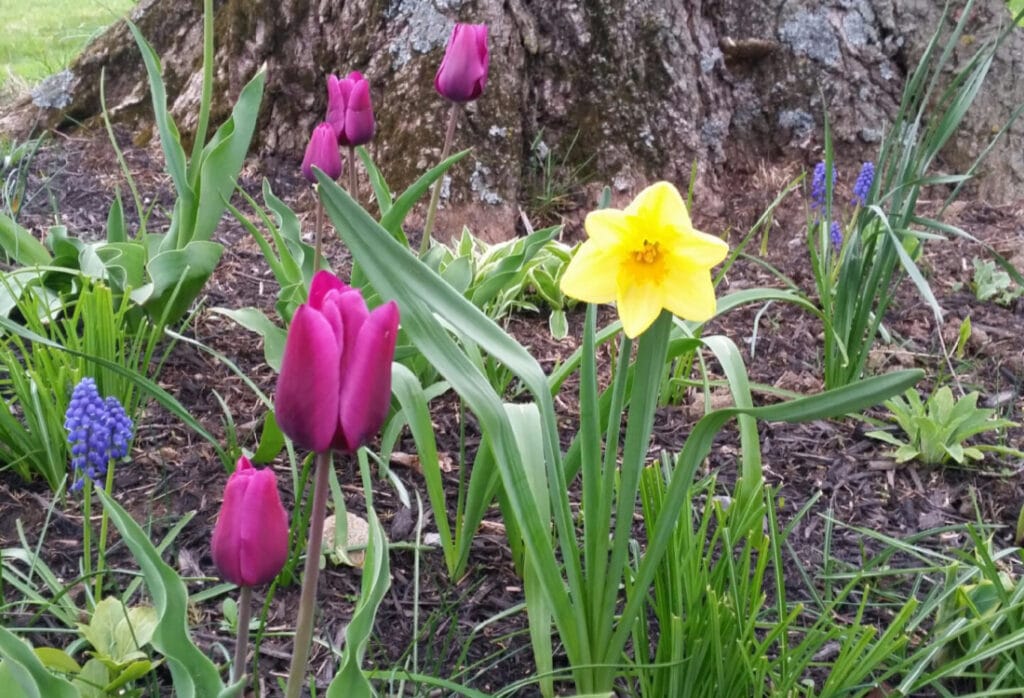
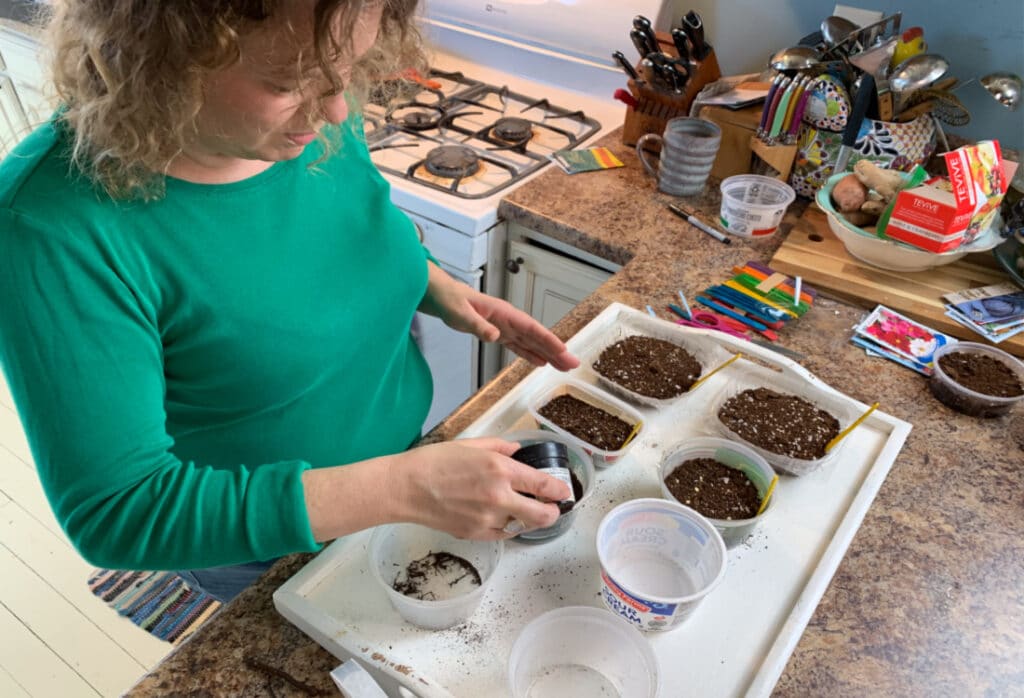
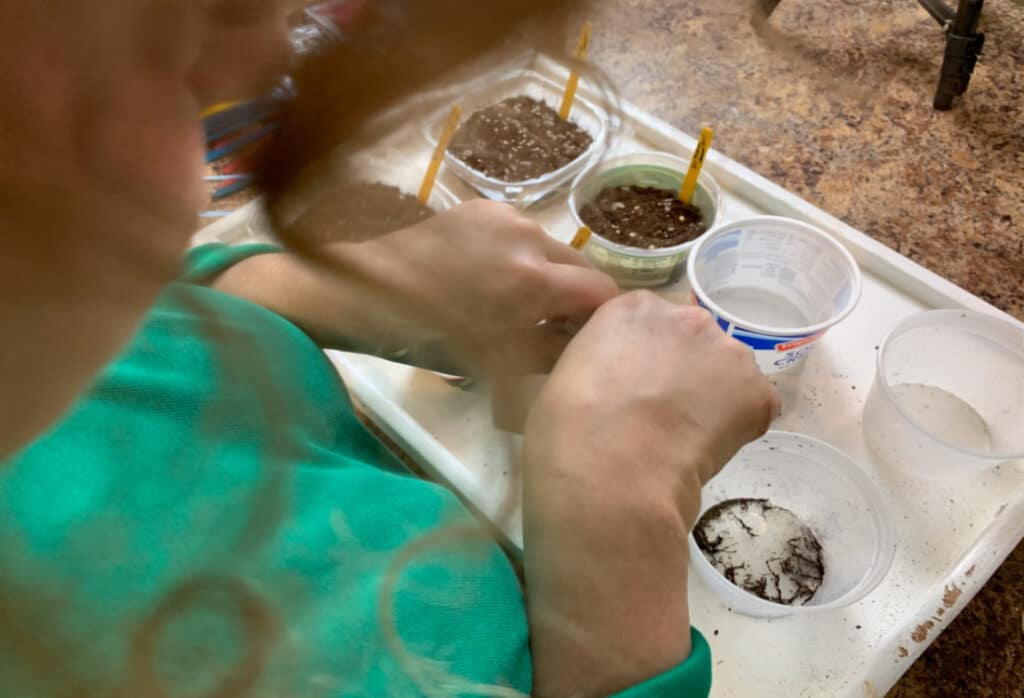
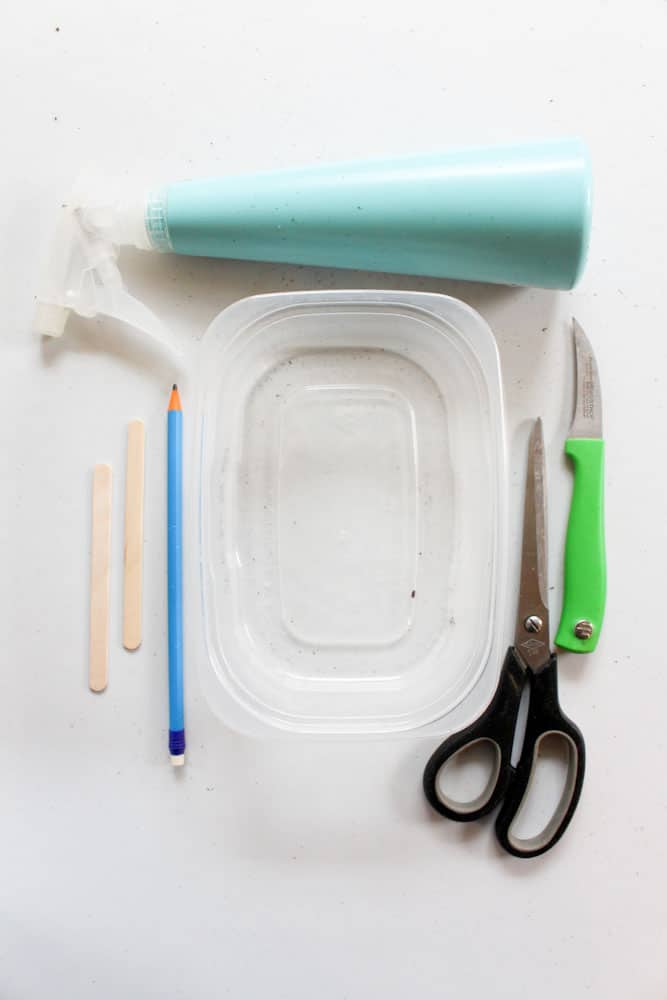
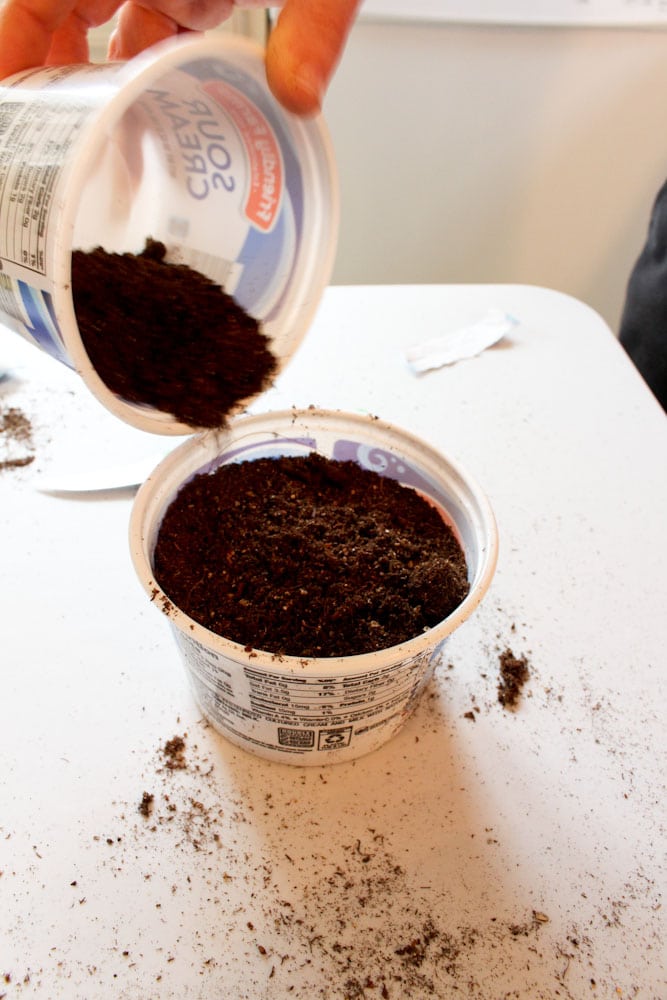
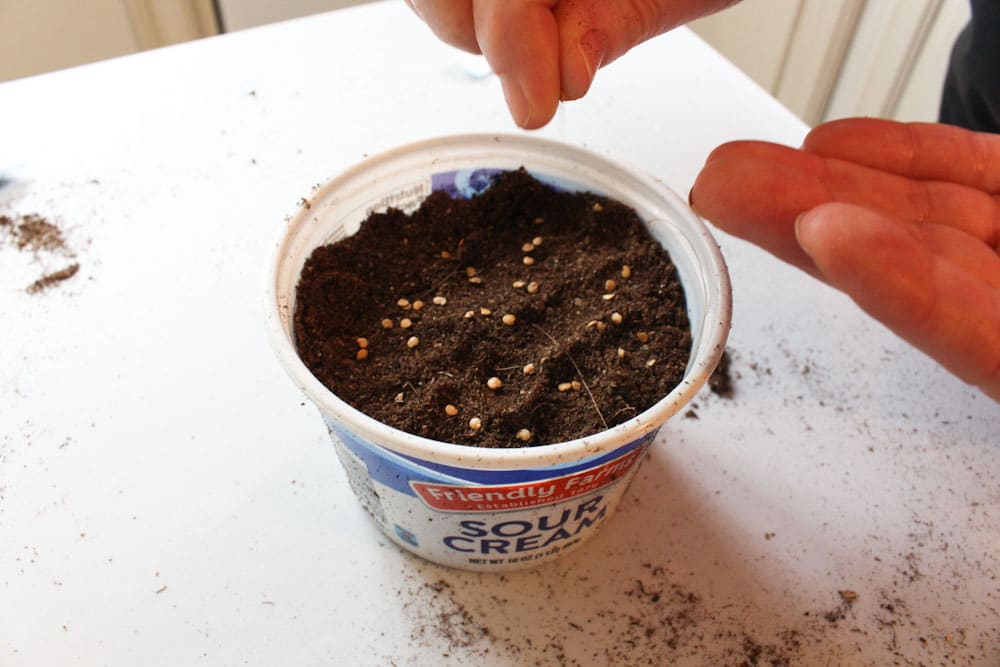
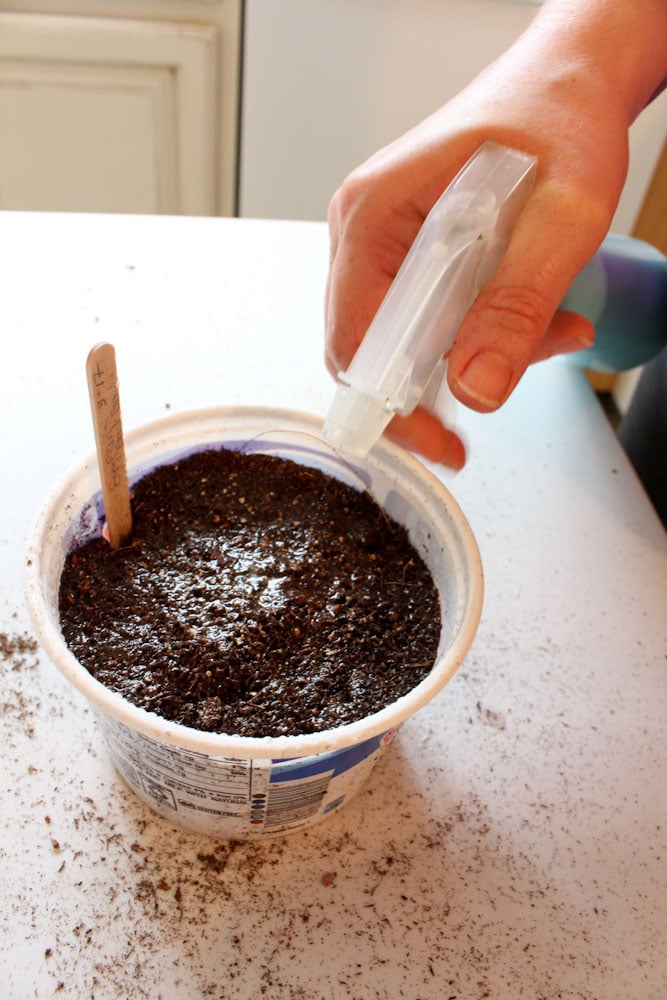
0 Comments